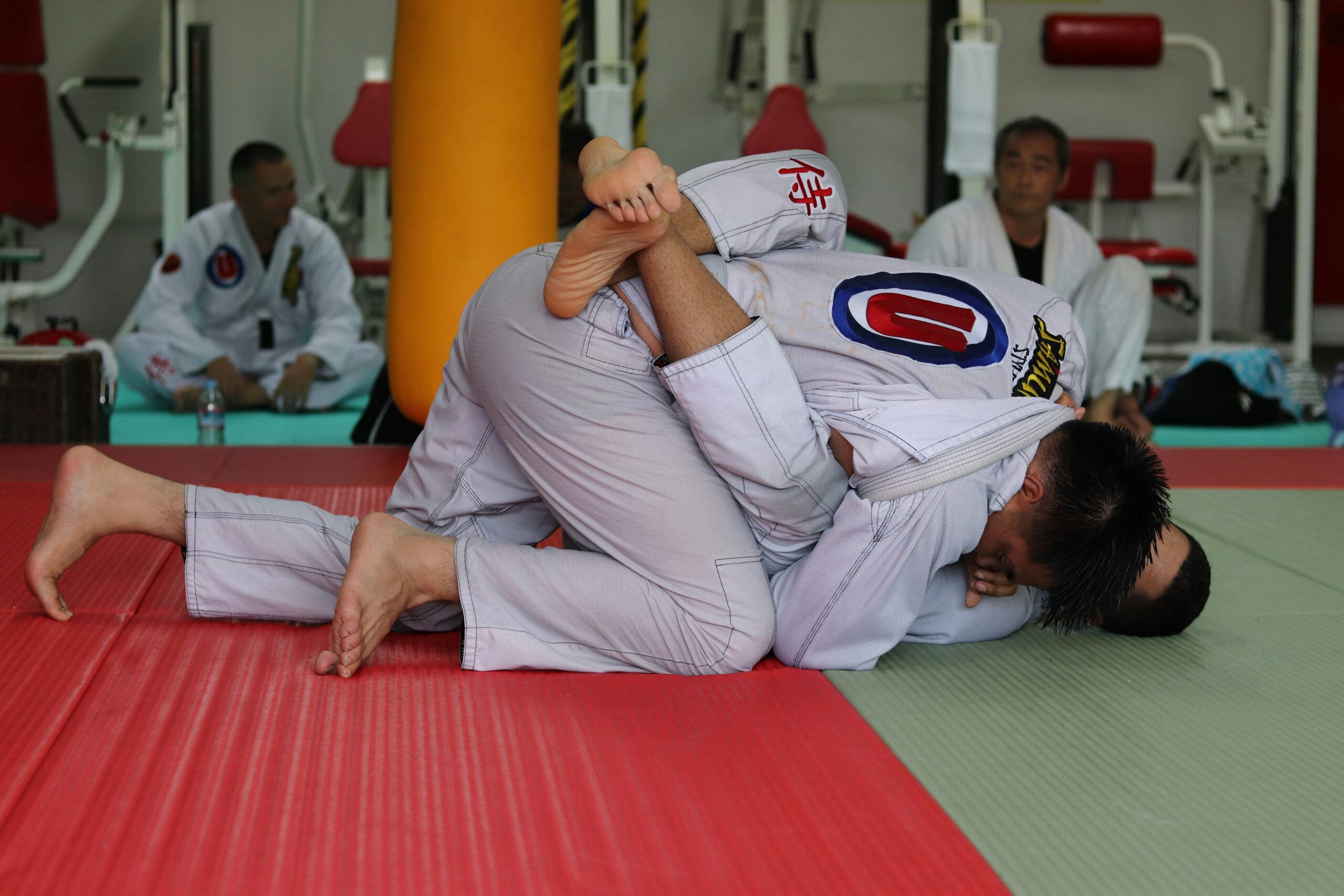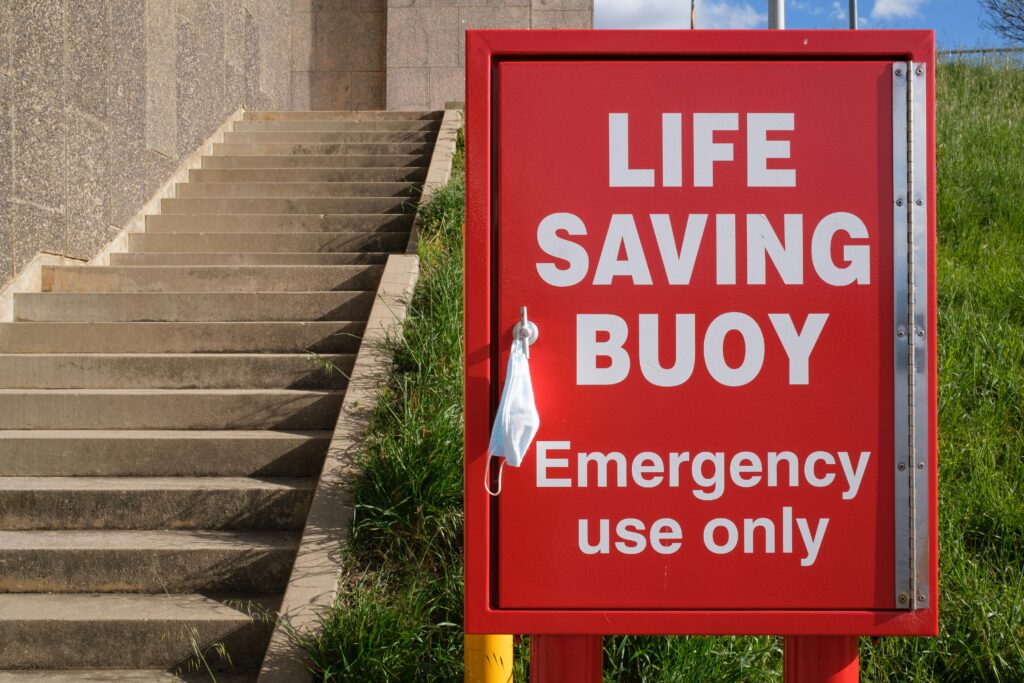Ever tried belaying a climber for the first time and realized your palms were sweatier than the karabiner in your hand? Yeah, it’s a universal rite of passage. But guess what—proper training resources can turn that shaky start into smooth sailing (or, well, smooth climbing).
In this guide, you’re going to uncover everything from beginner-friendly tips on using climbing belay devices to advanced techniques that even seasoned climbers wish they knew earlier. Buckle up because we’re diving into:
- Why Belay Training Matters More Than You Think
- A Step-by-Step Guide to Mastering Belay Devices
- Tips and Best Practices for Safe Climbing Belaying
- Honest Case Studies From Real Climbers
- Your FAQs Answered Straight-Up
Table of Contents
- Key Takeaways
- Why Belay Training Matters
- Step-by-Step Guide to Mastering Belay Devices
- Tips & Best Practices for Belay Training
- Case Study: Lessons Learned From Expert Climbers
- FAQs About Belay Training Resources
Key Takeaways
- Belay training isn’t optional—it’s non-negotiable if safety is your priority.
- Choosing the right climbing belay device depends on experience level and personal preference.
- Mistakes happen when communication fails—not just equipment malfunctions.
- Investing time in structured learning pays off big-time during real-world climbs.
Why Does Belay Training Matter So Much, Anyway?
Let me tell you about my worst moment ever as a newbie climber: I had been practicing solo on top-rope setups at home (don’t ask) when suddenly… SNAP. The figure-eight knot failed due to poor technique—and while no one got hurt, it still haunts me. Lesson learned: proper instruction matters!

Nearly 40% of climbing accidents stem from human error—not faulty gear. And most of these errors trace back to insufficient belay training. Whether you’re scaling walls indoors or tackling outdoor rock faces, understanding how to handle your belay device effectively keeps everyone safe—and trust me, nobody wants to be THAT person on Instagram who dropped their partner.
Step-by-Step Guide to Mastering Your Climbing Belay Device
What Are the Basics Every Beginner Should Know?
First things first: familiarize yourself with your specific type of belay device. Tube-style, assisted-braking, or plate-style—all have nuances worth learning before you jump into action. Here’s where free online tutorials come in handy:
- Watch video guides tailored to your device model.
- Practice setting up ropes without pressure situations.
- Get hands-on feedback from certified instructors.
Grumpy Optimist Dialogue Moment:
Optimist You: “Follow these steps, and soon enough, belaying will feel second nature!”
Grumpy You: “Yeah, sure—but only after spilling coffee all over your shoes halfway through practice.”
How Do You Level Up Once the Basics Click?
For intermediate users looking to enhance precision, focus shifts toward dynamic rope management:
- Learn soft catches vs. hard catches.
- Understand feed control under varying loads.
- Perfect verbal + nonverbal cues (“Climb On,” etc.).
Pro Tip: Pair physical drills with mental rehearsals. Visualization helps cement muscle memory.
Tips & Best Practices for Belay Training Resources
Rule #1: Never Skip Partner Checks
This might sound obvious, but hey, confession time—I once skipped checking my partner’s harness setup because “it looked fine.” Spoiler alert: IT WASN’T. Always double-check knots, carabiners, and attachment points BEFORE starting.
Terrible Tip Warning:
DO NOT rely solely on friends teaching you unless they’ve got legit certifications. Sure, they mean well, but there’s nothing worse than inheriting bad habits.
Rule #2: Stay Updated With New Tech
Climbing tech evolves fast. Subscribe to newsletters like Climbing Magazine, attend workshops hosted by brands like Petzl, and join local climbing groups for peer reviews.
Case Study: What Happens When You Actually Invest in Good Belay Training?
Sarah T., an avid climber based in Colorado, shares her story: “I started self-teaching years ago and thought I knew everything. One day, mid-climb, I nearly short-roped my buddy because I hadn’t practiced dynamic braking properly. After enrolling in a weekend intensive course taught by AMGA guides, however, everything clicked—including confidence.”
Sarah now mentors beginners herself, emphasizing structured programs: “The difference between feeling fearful versus fearless boils down to quality education.”
Note: This testimonial highlights WHY investing upfront saves grief later.
Frequently Asked Questions About Belay Training Resources
Where Can I Find Free Online Tutorials?
Websites like REI Co-op and YouTube channels such as The Adventure Junkies offer invaluable content. Always cross-reference multiple sources for accuracy!
Is Certification Worth It?
Absolutely. Certifications ensure consistency across fundamental skills and give access to specialized knowledge.
Can’t My Gym Teach Me Everything?
While gyms provide great intro classes, ongoing mentorship through community events or private coaching often proves invaluable beyond foundational levels.
Conclusion
To recap: effective belay training isn’t optional—it’s essential. From mastering basics to refining advanced techniques, leveraging high-quality resources sets you apart in skill AND mindset. Remember Sarah’s transformation? It could easily mirror yours someday.
Stay curious, stay informed, and always prioritize safety above speed. Oh, and don’t forget—the best belayers are always learners, too. 😉 Oh, hi there, meme lover. Here’s your haiku moment:
Rope wrapped round fingers,
Safety lies not in knots alone,
But wisdom shared true.



